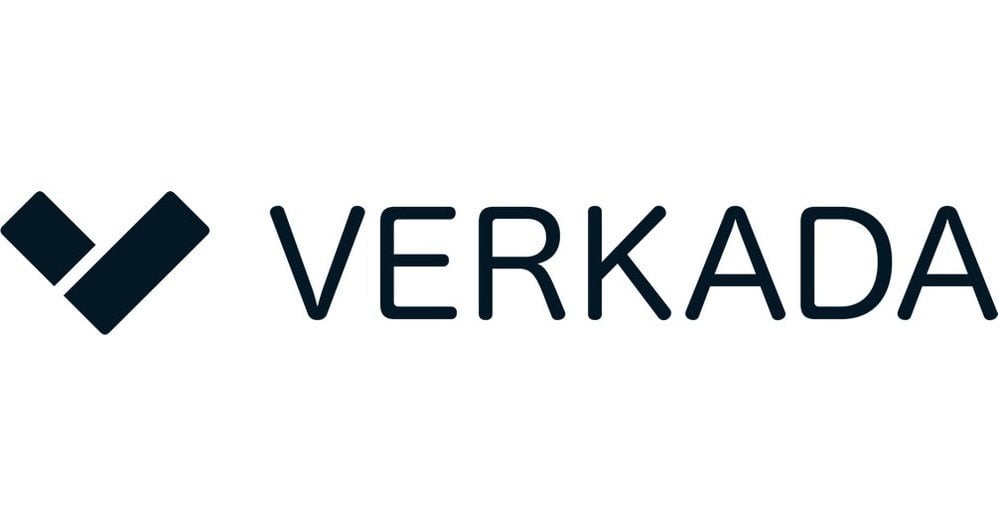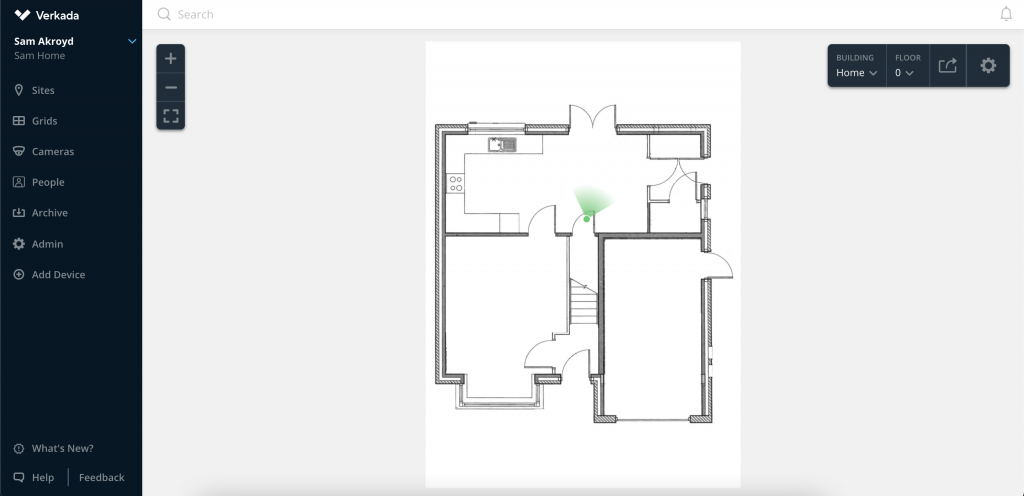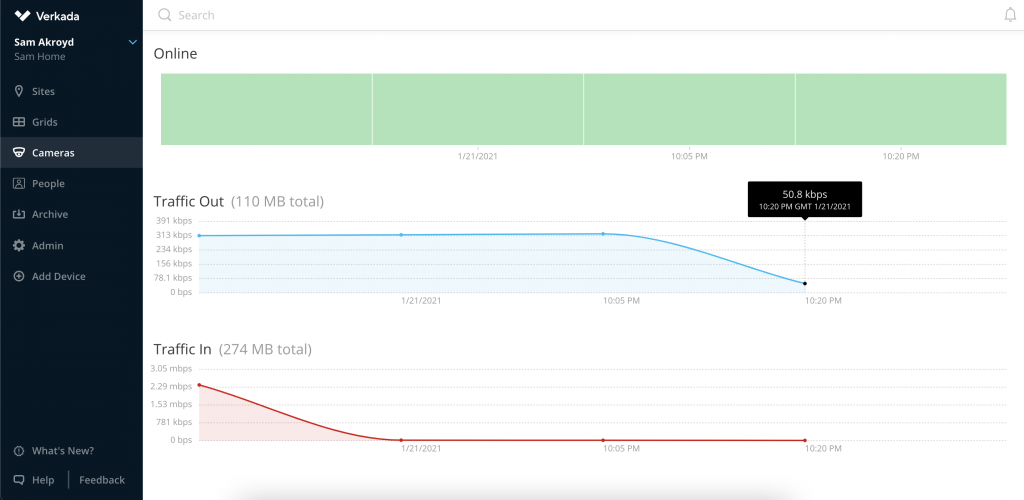Having worked in IT for a number of years, I’ve come across various dumb CCTV systems used to assist in securing physical buildings, but with AI and machine learning becoming commonplace, has video surveillance finally gained some intelligence?
Like many home owners, home video surveillance has become the norm, with businesses such as Ring, Google Nest corners large chunks of the market. These systems get people into the subscription model and provide customers with simple alerting should someone come into their property, etc.
For those a little more savvy, others go out and buy cameras, an NVR (Network Video Recorder) and have a DIY solution. I’ve done this myself at home itemising HikVision cameras, and a Synology and it works brilliantly but none of these ideas are suitable in a corporate world. They aren’t particularly scalable, and the lack of intelligence presents a number of challenges when having to produce video for a GDPR or legal request. What if you want to be able to log access to your building with an access control system, or enhance it with environmental management alongside your video surveillance? Even in these pandemic times, big business still have premises they need to secure, and having old school dumb CCTV and access control systems don’t really cut it. So what options are out there?

Enter Verkada.
I first heard of Verkada almost a year ago via a TechCrunch article and throughout 2020 they have been releasing update after update and releasing new hardware to support their platform. If you can’t be bothered to read the article, they were valued at $1.6 billion back in January of last year
I kept an eye on them over 2020, and to date they’ve managed to get almost $150m worth of funding, increasing their growth over 85%. They followed this up with a top 10 finish in the LinkedIn 50 Top Startups – so its clearly a business on the up. Most of you will be saying “Sam, there’s been hundreds of startups with millions of dollars worth of funding that fail”. I completely agree, and I could well be wrong with this one, but I honestly think they’re on to something with their software driven approach, with solid hardware to back it.
So I did what any self-respecting techie would do, and I reached out to my good friends at MLR (who have struck a partnership with Verkada) so I can have a proper play with their kit. A few weeks later (just before the Christmas holidays here in the UK) I took delivery of a CD51 Outdoor dome camera to have a play with. A huge special thanks to Ian Morris at MLR for sorting this out, if you need some help with your enterprise networking (Cisco or otherwise) or some hands-on cabling – these guys are superb.
So why are Verkada so interesting to me? Here’s why:
- Bandwidth
So if you’ve got 10x IP cloud cameras recording @ 1080p @ 5-10fps using H.264 codec (very common) you’re looking at anything between 10-20Mbps. Switch to a hybrid cloud camera which utelises steady-state at rest (sends only the thumbnails and metadata to the cloud when not being viewed) could be a fraction of that, say between 0.1 and 0.5Mbps. If you’re securing even a small office, 10 cameras would be quite typical – and although bandwidth is cheap nowadays, sending gigs of HD footage continually is just inefficient.
2. Edge Analysis
Most cameras out there are completely dumb devices. And when I say that, I mean they literally record whatever has been set on the device, and stream the video to the recorder. The software on the recorder is the ‘intelligence’. Although I use a Synology running Surveillence Station with multiple IP cameras (connected via PoE) at home, this is a very similar set up an office set up.
If you can do the analysis on the camera, you’re not wasting bandwidth sending it back to the NVR or DVR, nor are you needing an NVR or DVR, and should something go wrong with your internet connectivity, all that footage is stored on the device itself too.
Oh and when I say analysis, I don’t mean basic stuff like motion detection. I mean facial recognition, ANPR (numberplate recognition), motion heatmaps, people counting, the list goes on. They harness the power of data, at the edge and ship that metadata back to the cloud. PROPER edge analysis.
3. Enterprise Ready
Too many times have I seen businesses using CCTV needing specialist software installed on their machines, exporting files to mp4, burning it to CDs, etc. Verkada is web-based (or mobile), integrates with common IDaaS platforms and scales to thousands of cameras using its clever UX.
Getting Started
Anyway, rather than just go on about how good this is, let me show you how easy it was for me to get started. I got my well packaged box containing the CD51 camera, and without reading the instructions (yep, I’m one of those guys) I quickly found where I need to plug in the ethernet port. I’d already registered myself on https://command.verkada.com/ so my account was already provisioned.
So at this point, you get to decide whether you want to add all your camera via serial number of the portal (great if you’ve got a shed load of them to add), or if you only have one like me, add them via their mobile app.

It took a few mins for me to plug the camera into my PoE switch, it booted up, I scanned it via the app, and within minutes it’d connected to the command centre and was updating the firmware. No downloading files, and uploading them to a clumsy web interface.
Within minutes I’d uploaded a very simple PDF of the ground floor of my house, added the camera on the plans – very satisfying.

On the camera page itself, it began creating clips of any movement, and saving my face as a ‘person’ to allow me to search for all events containing me. Incredibly user friendly, and simple.
Obviously a single camera, on a low-traffic area like my kitchen isn’t really going to reproduce a lot of the enterprise-class features, but it gave me a really nice flavour for its capabilities. On each page of the cameras, you can see the network stats, even go into the settings and enable audio or specific focus points.

Given the low amount of people ‘traffic’ in my kitchen, it took rather a long time to do the fancy analytics, such as heat maps (shows heavily trod areas) and motion plotting (shows real-time movement on your floor plans). However one thing it was able to pick up super-quickly was facial recognition.

Despite my wife’s complaints about me having more ‘gadgets lying about the house’ (she has a fair point there), it was able to identify us both in daylight, in the dark, wearing different clothing, pretty much whenever we went in view, despite me trying to put it off! Not the most flattering images of me, but hey ho, it wasn’t exactly a photoshoot!

Hopefully now I’ve spewed all my excitement on yet another blog, you can see why I’m so excited. This is the perfect example of a modern product adopting modern principals such as edge computing, articifical intelligence and machine learning and all alongside superbly made cameras.
I recently spoke to the Verkada guys, and they were clear to make the point that video isn’t the only thing they do but its their most mature product at the moment, and as they continue their move further into the security space, I will be watching keenly.
Thanks again to MLR for them kindly lending me the kit and being patient whilst I battled with Xmas and New Year to put this blog together!

Leave a Reply